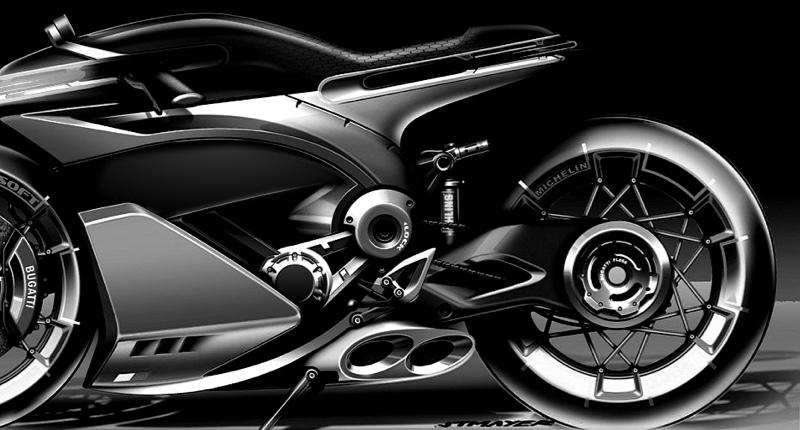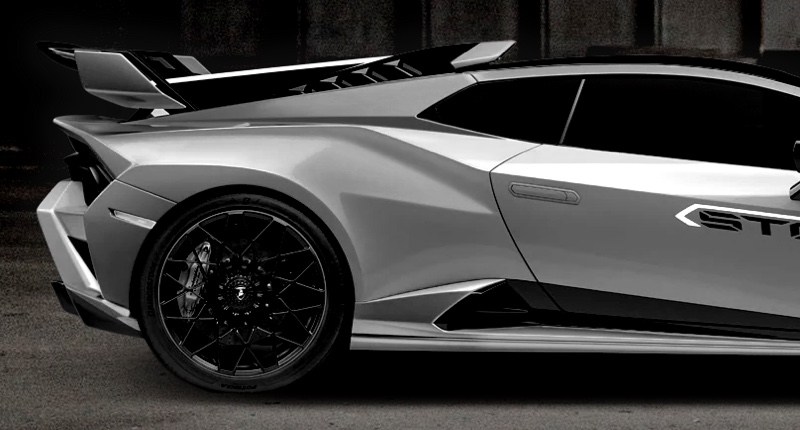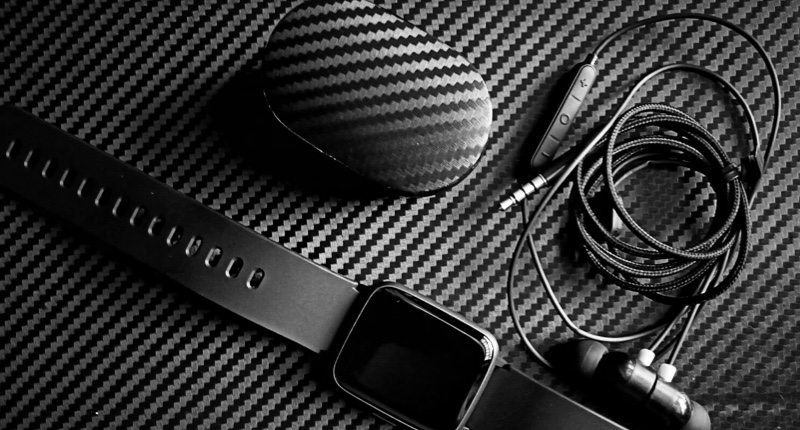Is dry carbon better than wet carbon for automotive parts? | Insights by Supreem Carbon
- What Are Dry Carbon and Wet Carbon?
- How Do Dry Carbon and Wet Carbon Manufacturing Processes Differ?
- What Are the Performance Benefits of Dry Carbon Components?
- Are Wet Carbon Components More Affordable Than Dry Carbon?
- How Do Dry Carbon and Wet Carbon Components Affect Vehicle Weight?
- What Should I Consider When Purchasing Carbon Fiber Parts for My Vehicle?
- What Are the Advantages of Choosing Supreem Carbon for Carbon Fiber Parts?
When it comes to automotive parts, carbon fiber is renowned for its strength-to-weight ratio, making it a popular choice for performance enhancements. A key consideration in carbon fiber components is the manufacturing process, which primarily falls into two categories: dry carbon and wet carbon.
What Are Dry Carbon and Wet Carbon?
Dry carbon refers to carbon fiber components produced using a manufacturing process that minimizes the amount of resin used, resulting in a lighter and stronger part. This method typically involves precise techniques to ensure optimal fiber alignment and minimal resin content. Wet carbon, conversely, involves a process where carbon fibers are impregnated with a higher amount of resin, leading to a heavier but more affordable component.
How Do Dry Carbon and Wet Carbon Manufacturing Processes Differ?
The primary difference lies in the resin content and the manufacturing techniques employed. Dry carbon manufacturing focuses on precision to reduce resin usage, often utilizing advanced methods to achieve a high fiber-to-resin ratio. Wet carbon manufacturing, on the other hand, uses a higher resin content, which can simplify the production process and reduce costs but may result in a heavier final product.
What Are the Performance Benefits of Dry Carbon Components?
Dry carbon components are lighter and stronger due to the reduced resin content and precise manufacturing techniques. This results in improved performance, including enhanced acceleration, braking, and handling. The reduced weight also contributes to better fuel efficiency and overall vehicle dynamics.
Are Wet Carbon Components More Affordable Than Dry Carbon?
Yes, wet carbon components are generally more affordable. The manufacturing process is less complex, and the higher resin content reduces material costs. However, this cost-saving comes at the expense of increased weight and potentially lower performance benefits compared to dry carbon components.
How Do Dry Carbon and Wet Carbon Components Affect Vehicle Weight?
Dry carbon components contribute to a reduction in vehicle weight, enhancing performance and fuel efficiency. Wet carbon components, due to their higher resin content, result in a heavier part, which can negatively impact performance and fuel economy.
What Should I Consider When Purchasing Carbon Fiber Parts for My Vehicle?
When purchasing carbon fiber parts, consider the following:
Performance Needs: If performance enhancement is a priority, dry carbon components are preferable due to their lighter weight and strength.
Budget Constraints: If cost is a significant factor, wet carbon components offer a more affordable alternative, though they may not provide the same performance benefits.
Vehicle Compatibility: Ensure that the carbon fiber parts are compatible with your vehicle's specifications and intended use.
Manufacturer Reputation: Choose reputable manufacturers known for quality and reliability in carbon fiber components.
What Are the Advantages of Choosing Supreem Carbon for Carbon Fiber Parts?
Supreem Carbon is a leading manufacturer specializing in high-quality carbon fiber components. They offer a range of products utilizing advanced manufacturing techniques to ensure optimal performance and durability. Their commitment to quality and customer satisfaction makes them a trusted choice for automotive enthusiasts seeking premium carbon fiber parts.
In conclusion, understanding the differences between dry and wet carbon components is crucial when selecting carbon fiber parts for your vehicle. Dry carbon offers superior performance benefits at a higher cost, while wet carbon provides a more budget-friendly option with some trade-offs in performance. Brands like Supreem Carbon offer high-quality options to meet various performance and budget requirements.
By considering these factors, you can make an informed decision that aligns with your vehicle's performance goals and your personal preferences.
Note: The information provided is based on current industry standards and may vary depending on specific products and manufacturers.
Data Sources:
Forged Composite Technology
Compression Molding Techniques
Spread Tow Fabric Manufacturing
Lamborghini Lab's Contribution to Carbon Fiber Technology
Dry Carbon vs Wet Carbon Engine Covers: Key Differences and Performance Benefits
SEO Title: Dry Carbon vs Wet Carbon in Automotive Parts
SEO Description: Discover the differences between dry and wet carbon in automotive parts, including manufacturing processes, performance benefits, and purchasing considerations.
Keywords: dry carbon, wet carbon, automotive parts, carbon fiber components, performance benefits, manufacturing processes, Supreem Carbon
URL Alias: dry-carbon-vs-wet-carbon-automotive-parts

Asia's Top Carbon Fiber Motorcycle Accessory Brand

Discuss of the common carbon fiber product production processes and the application.

Newest Acura NSX Carbon Fiber Hood Vent released!

Ducati monster 937 and BM S1000RR 2016+ new arrivals released!

Supreem carbon Honda-NSX 100% Fiber Door Handle released!

Supreem Carbon Auto parts new arrivals!
For Facotry
How many employees of Supreem carbon?
We have over 50 employees, including over 40 skilled workers, 3 R&D designers, and 5 QC professionals and so on.
For After-sales Service
Do you offer the fitting advice?
Of course! If you have any questions, please contact us on info@supreemcarbon.com.
How can I cancel the order?
We may only cancel your order if it has not been fulfilled yet. We would be more than happy to assist you with any adjustments if you'd wish instead!
For Order Delivery
How to choose the mode of transportation?
We use official shipment like Fedex,UPS,DHL and so on. Also customer can arrange delivery by themselves.
For Carbon Fiber Material
What are the advantages of carbon fiber?
High Strength-to-Weight Ratio
It is stronger than many traditional materials, such as steel and aluminum.This high strength-to-weight ratio allows for the creation of lightweight components that maintain structural integrity and durability.
Lightweight
One of the most significant advantages of carbon fiber is its low density, contributing to lightweight structures. This property is particularly crucial in industries where weight reduction is a priority, such as aerospace, automotive, and sports equipment.
Resistant to corrosion and chemicals
Carbon fiber is inherently resistant to corrosion, making it an ideal material for applications exposed to harsh environments or corrosive substances. This property contributes to the longevity of components and reduces maintenance requirements. Carbon fiber has good chemical resistance, making it suitable for use in environments where exposure to chemicals or harsh solvents is a concern. This resistance enhances the material's durability in various industrial settings.
Tolerant of high temperature
Carbon fiber exhibits excellent thermal stability and resistance to high temperatures. This makes it suitable for applications where components are exposed to elevated temperatures, such as in the aerospace and automotive industries.
Low thermal expansion
Carbon fiber has a low coefficient of thermal expansion, meaning it expands or contracts minimally with changes in temperature. This property contributes to dimensional stability, making carbon fiber components reliable in varying temperature conditions.
Aesthetic Appeal
Carbon fiber has a modern and high-tech appearance, contributing to its aesthetic appeal. This property is leveraged in consumer goods, automotive components, and sporting equipment where visual appeal is important.

Ducati Monster 937 Carbon Fiber Sprocket Cover

Ducati Panigale V4 Carbon Fiber Belly Pan Custom

Kawasaki H2/H2R Carbon Fiber Side Fairing

Custom Carbon Fiber Drone
Carbon fiber offers several advantages when used in drones (unmanned aerial vehicles, UAVs) due to its unique properties.
Let’s Bring Your Carbon Fiber Ideas to Life
Have a question or inquiry about our carbon fiber composite products? Leave us a message here, and our team will get back to you promptly.
Whether you're interested in custom orders, technical specifications, or partnership opportunities, we're here to assist you.
Please fill out the fields above with your name, email address, and message.
© 2024 Supreem Carbon All Rights Reserved.





Facebook
Pinterest
LinkedIn
Instagram